Review: Fujifilm X-T10 is Like a Smaller and Friendlier X-T1
![]()
It’s hard to look at the Fujifilm X-T10 without thinking of the company’s success with the X-T1. Essentially, the X-T10 is a baby X-T1 with its identical 16.3 X-Trans CMOS II sensor, DSLR body style, and real-time 2.360K-dot OLED EVF. Of course, for nearly $400 less than the X-T1, we’re expecting there to be a few compromises with the X-T10. Join us as we take a closer look at Fujifilm’s newest camera to see whether it is worth the price tag.
When taking the X-T10 out of its box, there is an immediate difference in feeling when compared to the more expensive X-T1. While the original X-T1 weighs in at 15.4 oz with its internal battery, the X-T1 is only 13.4 oz. That may be a seemingly negligible difference, but those 2 ounces makes it noticeably lighter (by 13%) than its older brother.
![]()
The X-T10 has many manual dials and controls that any previous Fujifilm shooter will welcome open heartedly. However, as you will discover, we found a few of the design choices to be questionable. Before we dive into those minute details, let’s take a look around the camera to see what Fujifilm has decided to do with its iconic design style.
![]()
![]()
The front of the Fujifilm X-T10 has two dials but otherwise keeps a minimal design. The dial in the upper right-hand position of the camera acts as the unit’s main command dial and can be set as a programmable Fn function when clicked inwards. The second dial, on the lower left, is dedicated to switching between manual, single, and continuous focusing modes. A small black button can be found underneath the lens to detach it from the body.
![]()
![]()
The sides of the unit appear stark clean when first viewed. The left side of the camera neatly hides the X-T10’s port door that with a USB connection, HDMI-out, and a microphone jack. The battery and SD card are inserted from the bottom of the camera via a spring loaded hatch.
![]()
![]()
The top and back of the Fujifilm X-T10 are where all of the controls have been placed for quick access. On the top of the camera are three dials including one for shutter speed, one for exposure compensation, and one for a number of various shooting modes; this is one of the odd choices we found on the X-T10. We would have much preferred a dial for ISO control as seen on the X-T1. Having a dial dedicated to switching between shooting speeds, two ‘advanced filters’ (toy cameras), panorama mode, double exposures, and more makes us think that this camera is more consumer focused.
![]()
![]()
Three movable levers are home to the top of the camera. The first, attached to the shooting mode dial, pops up the unit’s built-in flash. The second lever, connected to the shutter speed dial, allows the user to switch the camera into full auto mode. The last lever, appended to the shutter button, allows the user to quickly turn the camera on or off. In addition, a single red recording button is stationed on top of the unit for fast video recording.
![]()
The new ‘auto mode lever’ helps support our assumption that this unit is very consumer focused by design. Merely flicking the switch puts your camera into a full intelligent auto mode that identifies the scene you are shooting and adjusts all settings accordingly. On previous Fujifilm cameras, you would have to switch the aperture and shutter speed dials into the automatic positions to obtain the same results. We can see how this may have confused some consumers. The ability is still present for prosumers looking to jump into Program Mode, but if you want full automatic, then this lever is your answer.
![]()
![]()
The rear of the X-T10 looks almost identical to the X-T1 when considering button placement. To the left of the EVF are erase and play buttons, while you will find AE-L and AF-L buttons to the left. A programmable command dial is also found on the back between these two buttons. The unit’s ‘View Mode’ switch is tucked nicely next to the viewfinder for switching between the LCD and EVF or leaving the decision up to the unit’s eye sensor.
![]()
Looking a bit lower, we find three more buttons and the unit’s four-way directional pad. The X-T10 gives easy access to the ‘Q’ menu, display adjustment, and another programmable Fn button. The four directional controllers around the ‘Menu’ selection can be all customized for your shooting style. We decided to program one the buttons as the cameras missing ISO dial.
![]()
After playing with the control, we found them to all work to our satisfaction. Buttons have a nice audible click and while dials are sturdy, they do not require excessive force to manipulate. We have already noted our dislike for the dial placement on what we feel like would otherwise make for an excellent prosumer camera.
![]()
The X-T10 is very comfortable to use. However, and we did find our right palm consistently hitting the four-way directional pad. There is very little placement between the rightmost direction pad button and the edge of the camera. Fujifilm has seemingly acknowledged this shortcoming by including a built-in thumb grip, but it can take some time getting used to it while shooting.
![]()
The unit has two methods of viewing your subject. You can either rely on the X-T10’s 3 inch 920k-dot LCD monitor or the 0.39 inch 2.360K-dot OLED viewfinder. As with other Fujifilm camera systems, the EVF is excellent and renders in near real-time. The X-T1 and X-T10 contain the same number dot OLED viewfinder; however, the X-10 has a smaller viewfinder which means the X-T10 has more pixels per inch.
![]()
The unit’s 3 inch LCD screen is tiltable, but not flippable. This means that the display can quickly adjust to taking photographs at waist level or above your head, but can not flip up to provide easier self-portraits. We quite like the 920K-dot monitor and found it to be crisp and clear.
![]()
The Fujifilm X-T10 features a new high-speed autofocus system with on-board phase detection pixels. The new system is then combined with six possible autofocus modes: AFS + Single Point, AF-S + Zone, AF-S + Wide/Tracking, AF-C + Single Point, AF-C + Zone, and AF-C + Wide/Tracking. We were very pleased with the results of the new system and were happy to see Fujifilm significantly improving in an area where they were once weak.
![]()
![]()
![]()
Fujifilm continues to use its second generation X-Trans 16 MP sensor within the X-T10. The X-Trans CMOS II sensor combined with the company’s range of film-based color profiles can create beautiful imagery. We took a few shots with the included XF 18-55 f/2.8-4.0 R LM OIS lens in ‘Provia’. It should be noted now that neither the X-T10 or the included lens are weather sealed as with the X-T1 and its included XF 18-135mm WR lens.
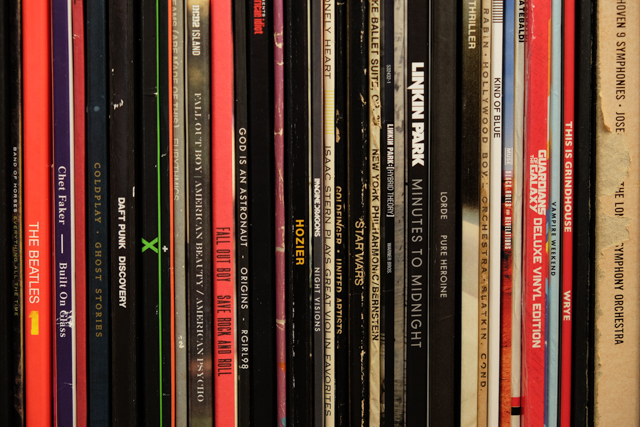
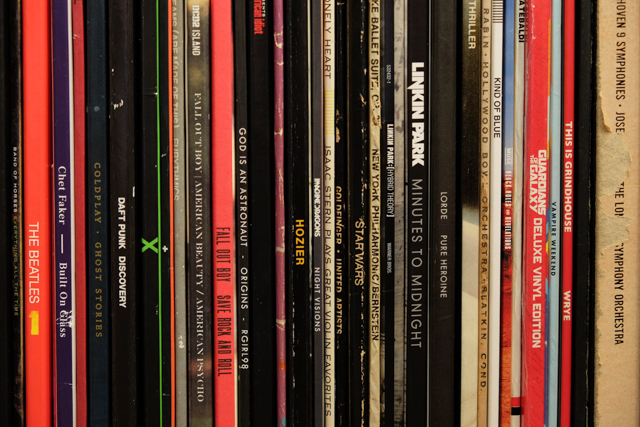
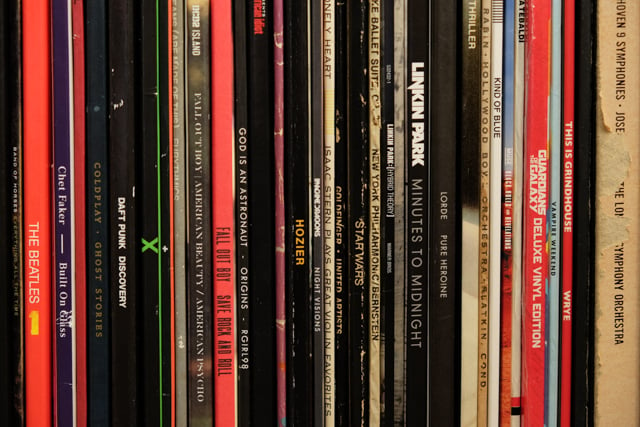
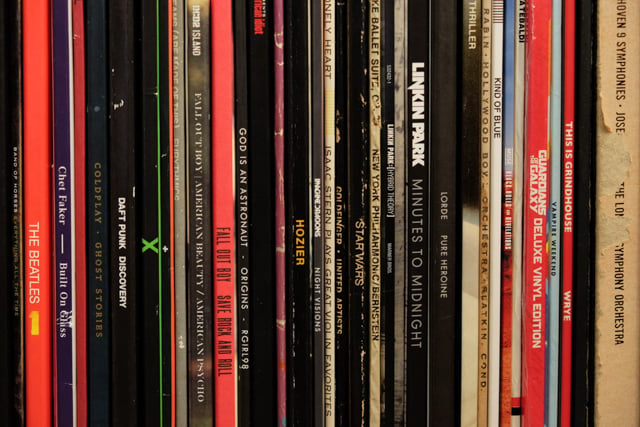
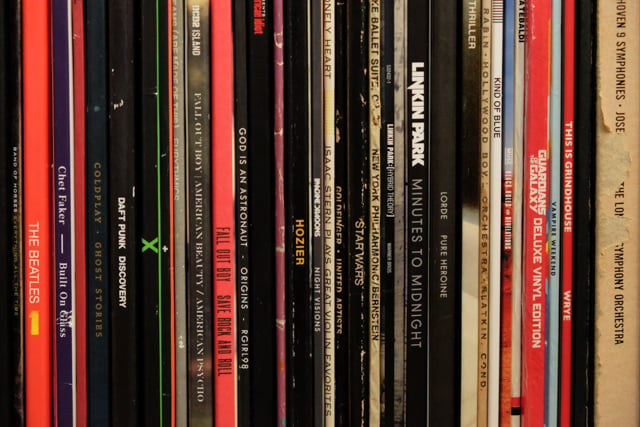
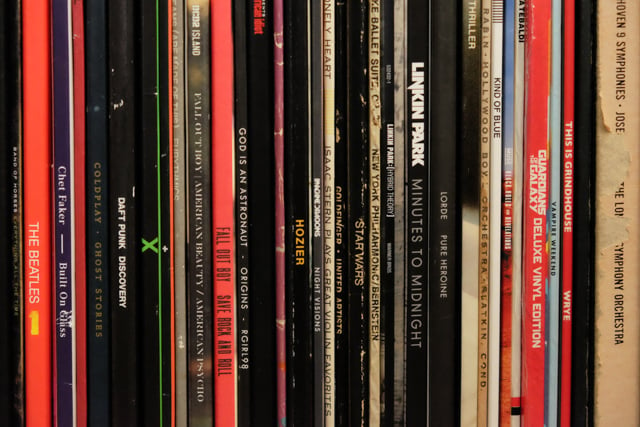
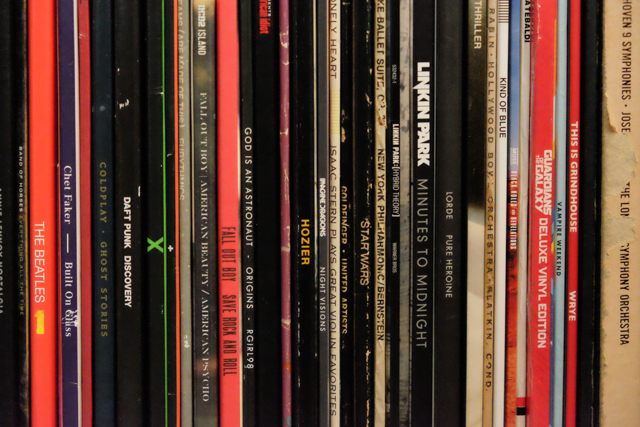
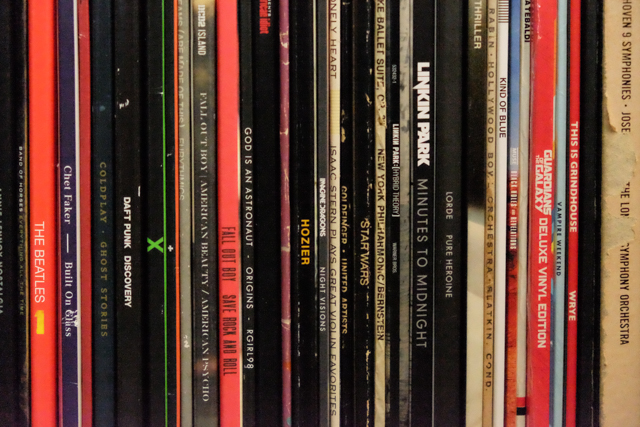
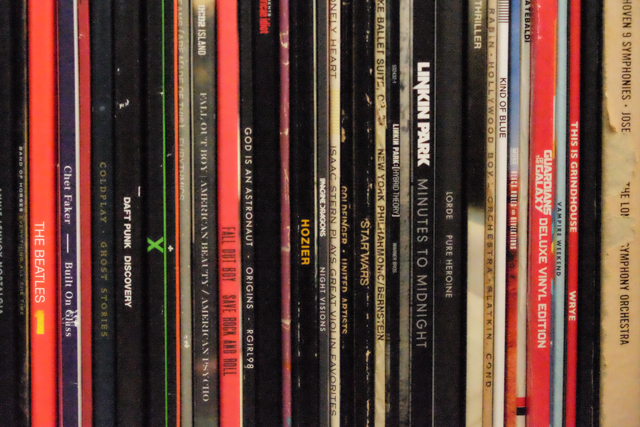
As with other Fujifilm cameras, the sensor continues to perform extremely well in low-light situations. In our tests, we found the camera to perform extremely well through the unit’s entire native ISO range (200-6400). The unit’s extended range includes ISO 100, 12800, 25600, and 51200. While we don’t recommend shooting in the extended range, they weren’t so bad that we would consider them lost causes. For the full resolution images, be sure to visit the official PetaPixel Flickr page.
![]()
![]()
![]()
Overall, we feel the X-T10 is a slightly watered-down version of the X-T1. In regards to usage, the two units perform very similarly. You will find that the X-T10 is slightly smaller and features more consumer focused knobs, but you won’t be losing out on image quality. Upgrading to the X-T1 would give you weather proofing, a more comfortable grip, and better manual controls, but costing you $400 more money.
The actual question is whether or not you need what the X-T1 offers over its younger brother. The X-T10 is an excellent camera, and we feel that it is a worthy contender within its price range.